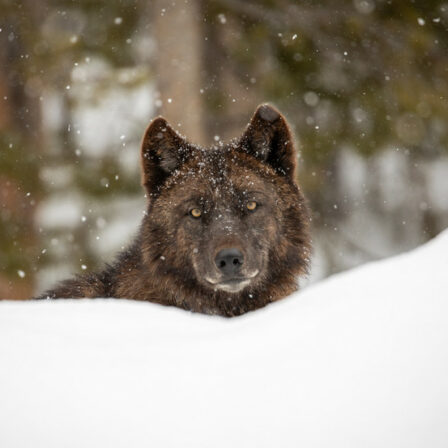Vice President of Wildlife Conservation, National Wildlife Federation
[pullquote]By itself, this conservation progress would be remarkable enough. But perhaps an equally important accomplishment is the Endangered Species Act’s role in changing our society’s understanding of its relationship to nature.[/pullquote]In enacting the Endangered Species Act forty years ago, our federal government put in place a legal framework that would prove to be a fundamentally sound way of preventing extinction of the nation’s at-risk species and putting them on the road to recovery. Today, we celebrate this law’s critical role in safeguarding the Florida panther, whooping crane, black-footed ferret, and many other at-risk animal and plant species, and we commit ourselves to ensuring that this law remains strong so that our children and their children can enjoy the natural treasures we have enjoyed.
By itself, this conservation progress would be remarkable enough. But perhaps an equally important accomplishment is the Endangered Species Act’s role in changing our society’s understanding of its relationship to nature.
Before I was first introduced to the Endangered Species Act in law school in the early 1980s, my idea of wildlife protection law was that it had little to do with people. I assumed the focus was on helping animals, for the benefit of those animals. Over time, and especially after I began working at the National Wildlife Federation to strengthen and defend the Endangered Species Act in the early 1990s, I began participating in, and intently listening in on, spirited public debates about society should live with nature.
It turns out the Endangered Species Act is provoking many of these debates. This is a classic case where a bit of conflict is healthy thing. Two core premises of the Endangered Species Act are informing these debates and improving their outcomes: that conservation of at-risk animals and plants is not mere altruism, but essential for human well-being, and that focusing on ecosystems is the only way to do conservation work effectively. Both of these ideas emphasize our deep interconnectedness with the other creatures that inhabit this planet, and they are central to my work.


